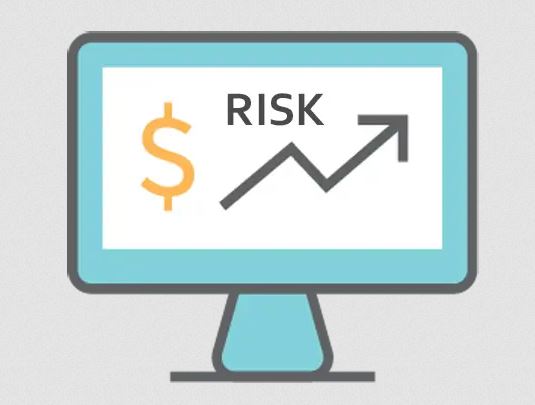VaR, known as Value at Risk has become one of the most popular risk management tools in the financial industry. Financial loss analysis essentially quantifies the extent of potential losses within an organisation, investment portfolio, or trading position over a given period.
In forex trading and other investment scenarios, VaR is a term you’ll often hear, so it’s helpful to know what it means when you hear trading analysts or traders refer to it.

What is a value at risk (VaR)?
It measures the financial risk posed by a company, investment portfolio, or open position over time. The VaR calculates the probability of loss and the potential loss.
Value at risk (VaR) example
Taking into account the potential loss, the probability, and the timeframe in which the loss might occur, the value at risk calculates for a position. The percentage represents the amount over a given period.
For example, an asset might have a 2% one-week VaR of 1%. The probability of the asset declining by 1% within a week is 2%. It can also serve as a numerical value. A portfolio with a 5% VaR of $1000 has a 5% chance of declining by $1000 during a single day if its VaR is 5%.
Importance of VAR
To measure and control their level of risk exposure, traders use VaR as part of their risk management strategy. You can use VaR calculations or apply them to your entire portfolio when opening a specific position. Additionally, they are capable of measuring risk exposure within an organisation. We will examine Value at Risk, how it can calculate, and the limitations and problems involved with those methods in this article.
Over a set timeframe, VaR calculations calculate the probability that a defined loss will occur along with its potential. In normal market conditions, VaR refers to the upper limit of loss on an investment for any given investment, probability, and period.
Investment and commercial banks use VaR in their institutional portfolios to measure the extent and likelihood of potential losses. A financial industry firm or regulator may also use it to determine how many assets are needed to cover possible losses.
VaR measures the risk that an investment will lose value due to specific market risk factors changes. Several risk factors are to consider, including stock prices, interest rates, foreign exchange rates, and commodity prices. There is no infallible way to measure market risk, even though many systems aim to standardise it to some degree.

Pros and cons of VaR
Pros of VaR
VaR is simple to understand and use in analysis, which is one of its main advantages. Investors or firms often use it to evaluate their potential losses. Also, traders can use the metric to manage their market exposure.
Traders usually use market volatility when assessing risk, but volatility can create a range of opportunities for both long and short positions. VaR measures how likely you will lose money and can be used to develop a risk management plan.
Cons of VaR
Since there is no standardised way to gather data to determine VaR, different methods can result in different results.
Bottom line
As a trader, you should realise that VaR does not represent the maximum possible loss; it simply means the probability of losing. It is important to note that the actual risk to a portfolio can be higher than the value at risk, so it should only act as part of a risk management strategy.


